1. Introduction to On-Page SEO: Why is it so important?
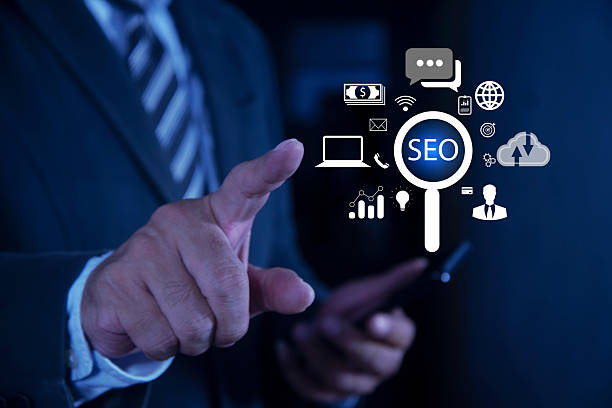
In today’s highly competitive world, having a website is just the first step.
To be seen and attract your target audience, you need a deep understanding of On-Page SEO (#OnPageSEO #InternalOptimization #OnPageOptimization).
On-Page SEO refers to a set of actions performed within your website to improve its ranking in search engine results.
These actions include optimizing content, site structure, and HTML codes.
The main goal of On-Page SEO is to send clear signals to search engines about the topic and quality of your pages.
Without a strong On-Page SEO strategy, even the most valuable content may never reach its audience.
The importance of this area lies in the fact that you have complete control over it and can directly influence it.
This is a vital educational and explanatory section that every webmaster should master.
Improving On-Page SEO not only helps search engines better understand your content but also enhances the user experience for visitors, which is a key factor in user retention and return.
Did you know that 94% of users’ first impressions of a business are related to its website design? With professional corporate website design by **Rasawb**, turn this first impression into an opportunity for growth.
✅ Attract more customers and increase sales
✅ Build credibility and trust in the eyes of the audience⚡ Get free website design consultation!
2. Keyword Research: The Beating Heart of On-Page SEO
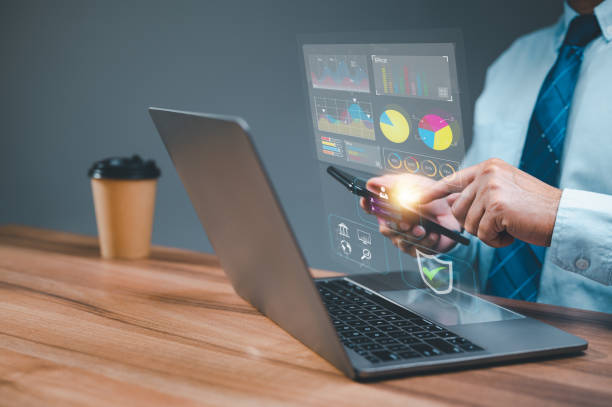
Before you even write a single line of content, precise and comprehensive keyword research is essential.
This step is the cornerstone of any successful On-Page SEO strategy.
The goal is to understand exactly what your target audience is looking for and what phrases they use to search for it.
Keywords should be relevant, have a suitable search volume, and reasonable competition.
Using tools like Google Keyword Planner, Ahrefs, Semrush, or even Google’s related searches can guide you in this process.
After identifying primary and secondary keywords, you should naturally and strategically incorporate them into your title, meta descriptions, headings, body text, and even image file names.
This is a specialized step that requires data analysis and understanding user behavior.
Ignoring this step means wasting efforts in other areas of On-Page SEO.
Choosing appropriate keywords helps search engines identify the main topic of your page and display it to relevant users.
3. Optimizing Title and Meta Descriptions: First Encounter with the Search Engine
![]()
The page title (Title Tag) and meta description (Meta Description) are two crucial elements in On-Page SEO that form the first impression of your page for search engines and users.
The title should include your main keyword, be concise and appealing, and be less than 60 characters.
This title is displayed directly in search results.
Although meta descriptions do not directly influence rankings, they increase the click-through rate (CTR) by enticing users to click, which is a positive signal for Google.
These descriptions should contain keywords, include a call to action (Call to Action), and be a maximum of 150-160 characters.
This specialized section directly impacts the attractiveness of your page in search results and is one of the most important factors in search engine optimization.
| Element | Good Example | Bad Example |
|---|---|---|
| Page Title (Title Tag) | “On-Page SEO 2024: Comprehensive and Practical Guide to Ranking Higher” | “Article” or “SEO” or “Buy” |
| Meta Description | “With this comprehensive On-Page SEO guide, optimize your website. Expert tips to increase traffic and ranking! Start now.” |
“This is an article about on-page SEO. Learn a lot about on-page SEO.” |
4. URL Structure and Rich Content: The Main Pillars of SEO
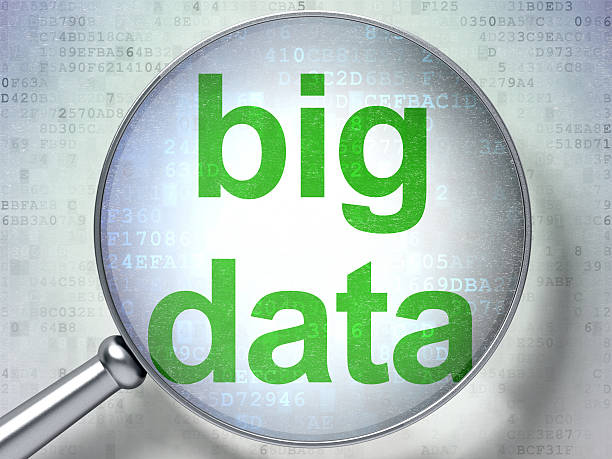
A clean and logical URL structure is not only understandable for users but also helps search engines better understand the hierarchy of your pages.
URLs should be short, include the main keyword, and be free of unnecessary characters.
For example, yourdomain.com/on-page-seo-guide is better than yourdomain.com/categoryid=123&articleid=456.
But the URL is only part of the On-Page SEO equation; rich, valuable, and comprehensive explanatory content is the heart of any SEO strategy.
Content should meet user needs, answer their questions, and provide in-depth information.
Using appropriate headings (H1, H2, H3), short paragraphs, lists, and images enhances text readability.
Also, ensuring your content is analytical and specialized can set you apart from competitors.
Keywords should be naturally distributed throughout the text, and excessive repetition (Keyword Stuffing), which is penalized by Google’s algorithms, should be avoided.
A high-quality content not only helps improve On-Page SEO but also encourages users to share and return.
Do you have an online store, but your sales aren’t what you expected? Rasawb solves your problem forever with professional e-commerce website design!
✅ Significant increase in conversion rates and sales
✅ Unmatched user experience for your customers
⚡ Click here for free consultation with Rasawb!
5. Optimizing Images and Multimedia Files: Visuals for SEO

Images, videos, and other multimedia files not only add visual appeal to the page but can also be utilized as an On-Page SEO opportunity.
The first step is file size optimization.
Large images can significantly reduce page loading speed, which negatively impacts user experience and SEO ranking.
Use optimized formats like WebP and compress images.
More importantly, use alt tags for images.
The alt tag should include a relevant keyword and a brief description of the image content.
This tag helps search engines understand image content and is also useful for visually impaired users.
Additionally, image file names should be descriptive and include keywords (e.g., on-page-seo-graph.jpg).
This is a guiding and specialized aspect of On-Page SEO that is often overlooked but can have a significant impact on image search optimization and overall page optimization.
Even video files can be optimized using video schema markup to display better in search results.
6. Internal and External Linking: Networking for SEO
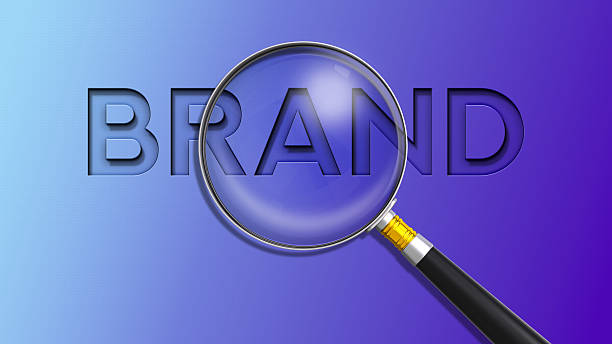
Linking, both internal and external, is one of the main pillars of On-Page SEO and off-page SEO.
Internal links are links that connect different pages within your website.
These links help search engines understand your site’s structure, distribute authority (PageRank) throughout the site, and help users navigate your site easily.
Using relevant and keyword-rich anchor texts for internal links is very important.
For example, instead of “Click here”, use “Comprehensive On-Page SEO Guide”.
External links (Outbound Links) to reputable and relevant websites can also send positive signals to search engines and act as a source of credibility for your content.
This is an important analytical and educational aspect that can help search engines better understand the topicality and authority of your page.
Ensuring that your links are healthy and do not lead to 404 pages is also part of On-Page SEO maintenance.
7. Improving User Experience (UX) for On-Page SEO: User Satisfaction, Google Satisfaction

Google is increasingly emphasizing user experience (UX) as a ranking factor.
An excellent user experience not only keeps users on your site but also sends positive signals to search engines, leading to improved On-Page SEO.
Factors such as page loading speed, mobile compatibility, responsive design, and ease of navigation are of high importance.
Google has introduced a set of metrics called Core Web Vitals, which are directly related to user experience and impact site ranking.
These metrics include LCP (Largest Contentful Paint), FID (First Input Delay), and CLS (Cumulative Layout Shift).
Analyzing and improving these metrics is a crucial part of a specialized and guiding strategy in On-Page SEO.
A website with poor UX, even with excellent content, may remain low in rankings.
| Metric | Explanation | Importance in On-Page SEO |
|---|---|---|
| LCP (Largest Contentful Paint) | Time it takes for the largest visible content element on the page to render. | Initial loading speed and visual perception of content. Improving On-Page SEO by reducing bounce rate. |
| FID (First Input Delay) | The delay time between the user’s first interaction and the browser’s response. | Site responsiveness to user interactions. Improving user engagement and satisfaction, which is a factor in On-Page SEO. |
| CLS (Cumulative Layout Shift) | Visual stability of the page (the extent to which page elements shift during loading). | Preventing unwanted layout changes. Smoother user experience and improved On-Page SEO ranking. |
8. Using Structured Data (Schema Markup): Helping Bots Understand
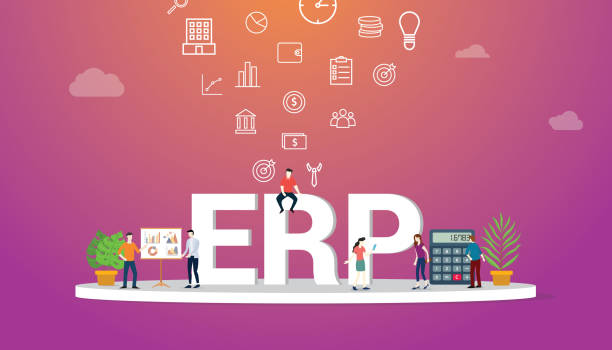
Structured data or Schema Markup are codes added to your website to help search engines better understand your content.
These codes provide specific information such as content type (article, product, event, recipe, etc.), author, star rating, etc., to search engines.
Using Schema Markup can lead to the display of Rich Snippets in search results, which include additional information below the page title and can significantly increase your click-through rate (CTR).
For example, if you have a recipe, you can display information such as cooking time, ingredients, and user reviews directly in search results using Schema Markup.
This is a specialized and educational aspect of On-Page SEO that directly impacts how your site appears in SERPs and can differentiate you from competitors.
Google provides a tool called “Structured Data Testing Tool” that you can use to validate your Schema codes.
Losing potential customers due to an unprofessional website? Rasawb is your answer! With our specialized corporate website design services:
✅ Enhance your business’s credibility and standing
✅ Experience attracting more targeted customers
⚡ Act now to receive a free consultation!
9. Helpful Tools for On-Page SEO: Digital Companions
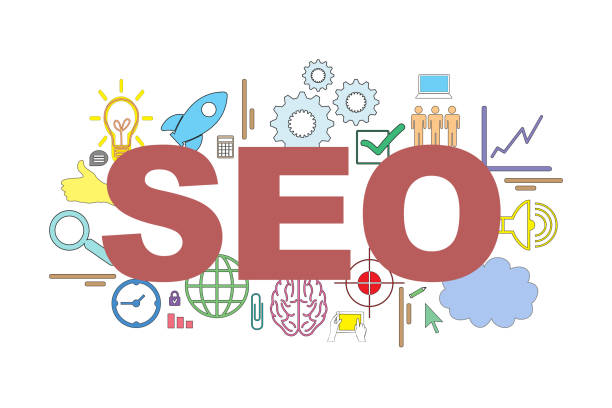
For successfully implementing an On-Page SEO strategy, there is a set of tools that can guide you and make the work much easier.
Google Search Console is a free and essential tool that allows you to monitor your site’s performance in Google Search, identify indexing issues, and check Core Web Vitals reports.
Google Analytics is crucial for tracking traffic, user behavior, and traffic sources.
Paid tools like Semrush and Ahrefs offer deeper insights into keyword research, competitor analysis, and backlink checking.
For site speed optimization, you can use Google PageSpeed Insights.
Also, SEO plugins for Content Management Systems like Yoast SEO or Rank Math for WordPress simplify the internal optimization process.
These informative and analytical tools provide valuable insights for continuous improvement of your On-Page SEO and help you outperform competitors.
10. Challenges and Future of On-Page SEO: Upcoming Trends
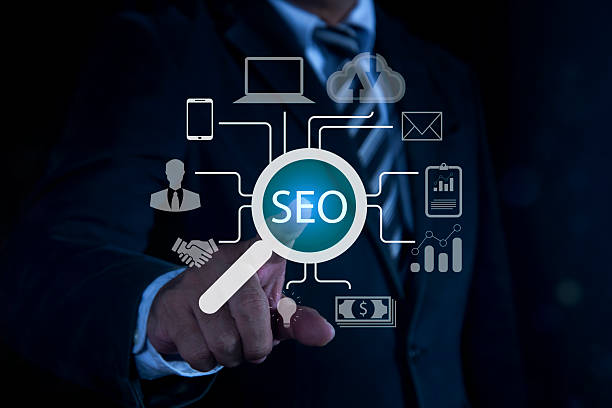
The field of SEO is constantly changing, and On-Page SEO is no exception.
Key challenges include frequent changes in Google’s algorithms, increased competition, and the need to produce very high-quality and unique content.
One important trend is the increasing importance of user experience and Core Web Vitals.
Another is the role of Artificial Intelligence in search and content creation.
Question-provoking and interactive content, along with voice and visual search, will shape the future of On-Page SEO.
Websites must be prepared to respond to these changes and optimize their content for these new search styles.
The importance of comprehensive, authoritative, and specialized content will never diminish.
Finally, focusing on making content entertaining can also help improve user dwell time and reduce bounce rates, all of which are positive signals for search engines.
The future of On-Page SEO will depend on adaptability, innovation, and an endless focus on user needs.
Frequently Asked Questions
| Question | Answer |
|---|---|
| What is On-page SEO? | On-page SEO refers to a set of actions performed within the website and on its page content to achieve a better ranking in search results. |
| Why is On-page SEO important for a website? | On-page SEO helps search engines better understand your page content and assess its importance. It also provides a better user experience for visitors. |
| What are the most important On-page SEO factors? | The most important factors include keyword optimization, content quality, Title Tag, Meta Description, URL structure, heading tags (H1-H6), internal linking, and image optimization. |
| What role does the Title Tag play in On-page SEO? | The Title Tag is one of the most important On-page SEO factors that displays your page’s title in search results and browser tabs. It should include the main keyword and be engaging. |
| What is the importance of Meta Description in On-page SEO? | The Meta Description provides a summary of the page’s content, and although it doesn’t directly affect ranking, it can increase the click-through rate (CTR) by enticing users to click. |
| How are keywords used in On-page SEO? | Keywords are phrases that users use to search for information in search engines. Proper and natural use of them in content helps the search engine determine the page’s topic. |
| What is internal linking and what are its benefits in On-page SEO? | Internal linking refers to creating links between different pages of a website. This helps distribute page authority, aids search bots in crawling, and improves user experience. |
| How does image optimization affect On-page SEO? | Image optimization includes compressing file size, using appropriate Alt tags, and proper file naming. This improves page loading speed and helps search engines understand image content. |
| What does high-quality content mean in On-page SEO? | High-quality content means content that is comprehensive, accurate, unique, up-to-date, and user-friendly, and that addresses user needs. |
| What role does URL structure play in On-page SEO? | Readable, short URLs that include the main keyword help search engines and users better understand the page content and improve user experience. |
And other advertising services of Rasawb Advertising Agency
Smart Marketing Automation: A professional solution for online growth with a focus on custom programming.
Smart Data Analysis: A combination of creativity and technology for customer acquisition through custom programming.
Smart Link Building: Professional optimization for customer acquisition by optimizing key pages.
Smart SEO: Revolutionize customer behavior analysis with precise audience targeting.
Smart Conversion Rate Optimization: A dedicated service for online growth based on real data utilization.
And over hundreds of other services in the fields of internet advertising, advertising consulting, and organizational solutions
Internet Advertising | Advertising Strategy | Advertorial
Resources
On-page SEO Tutorial on Aparat
Zoomit On-page SEO Articles
On-page SEO Optimization Techniques
On-page SEO Checklist for Website
“`html
? Transform your business in the online world with Rasawb Afarin Digital Marketing Agency; from fast website design to comprehensive SEO strategies.
“`
📍 Tehran, Mirdamad Street, next to Bank Markazi, Southern Kazeroon Alley, Ramin Alley, No. 6




